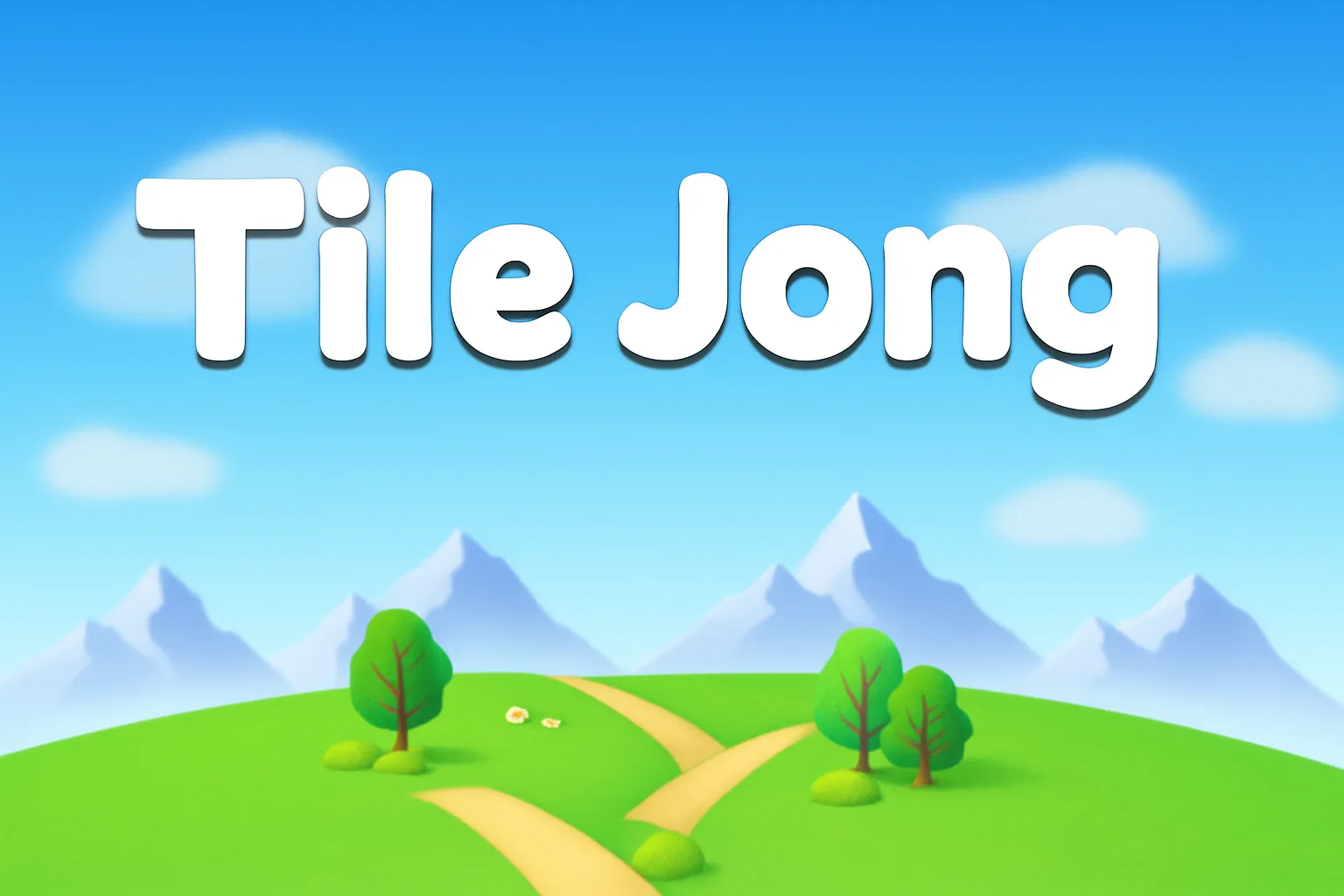Calm Puzzles, Smooth Play –A laid-back tile-matching adventure that marries simplicity with just enough strategy to stay interesting.
In a world dominated by sprawling open-world adventures and high-octane action games, Tile Jong on Xbox stands out as a quietly charming puzzle experience. The game takes a familiar tile-matching formula and adds subtle layers of strategy that make it more engaging than the standard match-three game. Whether you’re looking for a brief, soothing diversion or a thoughtful puzzle challenge, Tile Jong delivers.
Gameplay Overview
Tile Jong’s objective is simple: match three identical tiles to clear them from the board and advance through a series of increasingly challenging levels. Early stages introduce the basics, allowing you to get comfortable with the mechanics. As you progress, boards become more complex with layered tiles, circular layouts, and locked tiles that require multiple matches to unlock. This steady increase in difficulty keeps the gameplay feeling fresh and encourages strategic thinking.
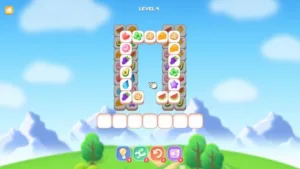
Strategic Depth
While the core mechanics are straightforward, Tile Jong includes several power-ups that give players tactical options. You can use hints if you get stuck, reshuffle tiles to create new opportunities, undo moves if mistakes are made, or add extra slots to manage space on the board. These tools allow players to plan their moves, conserve resources, and approach each puzzle thoughtfully. The game rewards careful observation and decision-making, giving it a surprisingly engaging layer of strategy beyond simple tile matching.
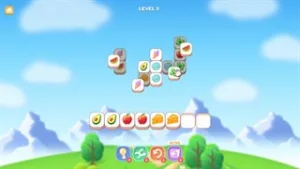
Progression & Replayability
Tile Jong offers a clear progression through a map of levels, each with slightly different board designs and challenges. Completing the base set of puzzles can be achieved in a few hours, making it ideal for short, focused gaming sessions. For players who enjoy perfecting their scores or completing every level without relying on power-ups, the game offers additional replay value. Its level design is simple but effective, gradually increasing the challenge without feeling overwhelming.
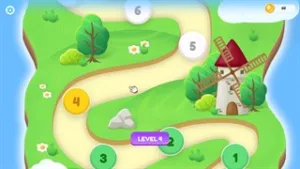
Visuals & Presentation
The visual design of Tile Jong is clean and understated. Tiles are easy to distinguish, and the backgrounds are soft and soothing, creating a relaxed atmosphere without distracting from gameplay. Animations are smooth, and interactions respond reliably to controller input. On Xbox, the game runs flawlessly, with no performance issues or noticeable lag, ensuring a smooth experience even on large screens.
The overall presentation strikes a balance between simplicity and charm. While it does not feature elaborate graphics or flashy effects, the visuals are clear, functional, and perfectly suited to the puzzle-focused gameplay.
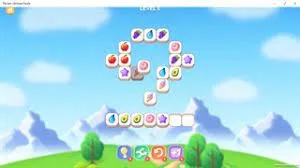
Sound & Atmosphere
Tile Jong’s audio design is subtle yet effective. Background music is calm and unobtrusive, enhancing the relaxing mood. Sound effects for matching tiles, using power-ups, and clearing levels provide satisfying feedback without overwhelming the senses. The audio complements the gameplay and contributes to the overall Zen-like atmosphere, making it easy to play for extended sessions without feeling fatigued.
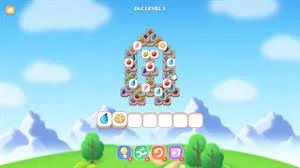
Final Verdict
Tile Jong on Xbox is a calm, well-executed puzzle game that balances simplicity with light strategic depth. It’s perfect for casual gamers seeking short, relaxing sessions, as well as for puzzle enthusiasts who enjoy optimizing moves and completing levels perfectly. While it doesn’t revolutionize the match-three genre or offer complex narratives, it succeeds at what it sets out to do: provide a smooth, enjoyable, and stress-free gaming experience.
For players seeking an accessible, enjoyable puzzle game on Xbox, Tile Jong is a solid pick.
Overall
-
CX score - 70%70%
Summary
Pros
-
Highly accessible, easy to pick up for players of all skill levels.
-
Strategic elements via power-ups add depth beyond simple tile matching.
-
Smooth performance on Xbox with responsive controls.
-
Clean, relaxing visual and audio design.
-
Ideal for casual or short gaming sessions.
Cons
-
Core gameplay is familiar; may feel repetitive for experienced match-three players.
-
Later levels offer limited variation in board design.
-
No narrative or story progression; gameplay is purely puzzle-based.
-
Limited long-term replay value once all levels are completed.

